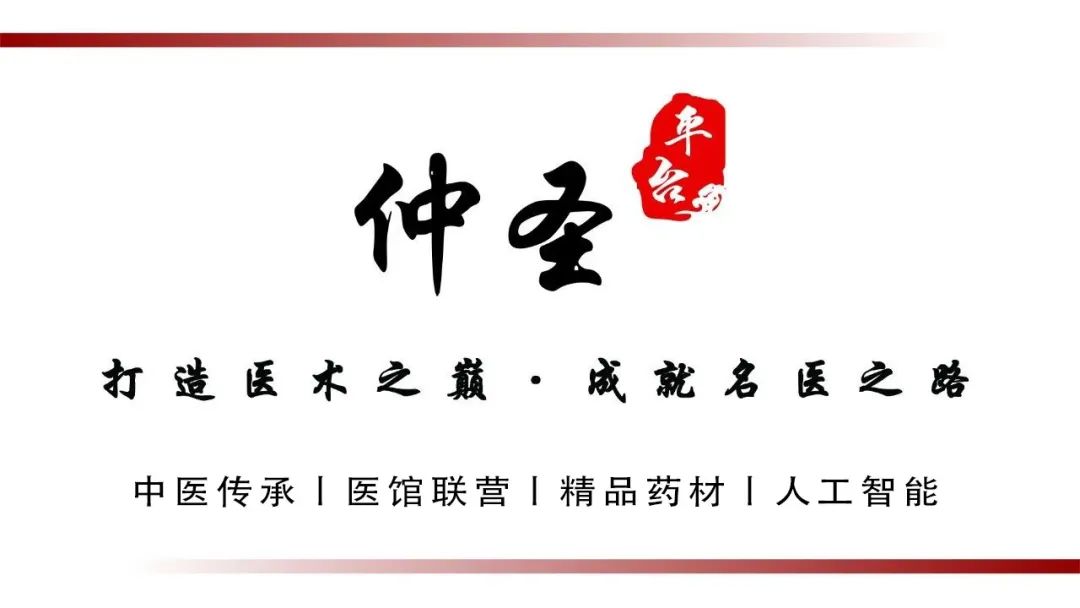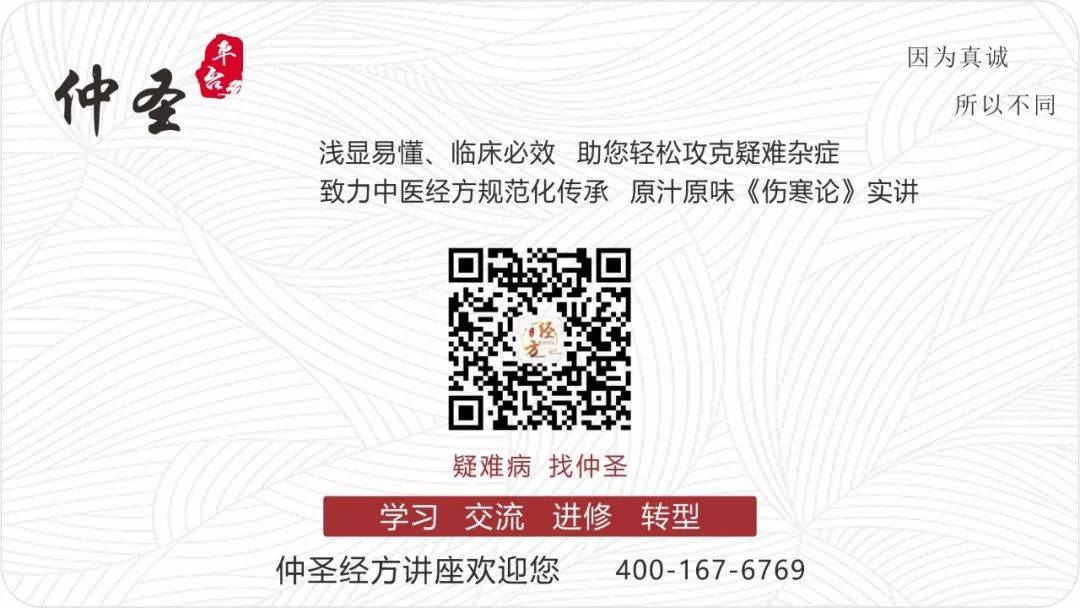

 Clinical observations show that diseases are often not simply Taiyang (Greater Yang) or Yangming (Bright Yang) syndromes, but more commonly involve combined exterior and interior syndromes, or even multiple meridians affected simultaneously. What should we do when faced with combined exterior and interior syndromes? Let’s explore this article together!
Clinical observations show that diseases are often not simply Taiyang (Greater Yang) or Yangming (Bright Yang) syndromes, but more commonly involve combined exterior and interior syndromes, or even multiple meridians affected simultaneously. What should we do when faced with combined exterior and interior syndromes? Let’s explore this article together!
Yangming syndrome can be further divided into Taiyang Yangming, Zhengyang Yangming, and Shaoyang Yangming.
Taiyang Yangming refers to the combination or simultaneous occurrence of Taiyang and Yangming syndromes. The treatment principle is to first resolve the exterior before addressing the interior, or to resolve both simultaneously. The representative formulas for simultaneous resolution are Daqinglong Decoction (大青龙汤) and Maxing Shigan Decoction (麻杏甘石汤). Other formulas such as Yuebi Decoction (越婢汤), Gui Zhi Er Yuebi Decoction (桂枝二越婢一汤), Maxing Yiyiren Decoction (麻杏苡甘汤), and Ge Gen Qin Lian Decoction (葛根芩连汤) also fall under the category of Taiyang Yangming.
Zhengyang Yangming refers to pure Yangming syndrome, which can be divided into heat without form and heat with form, corresponding to interior heat syndrome and interior excess heat syndrome. The treatment principle is either to clear heat or to purge, with the former represented by Baihu Decoction (白虎汤) and the latter by Chengqi Decoction (承气汤). If the pathogenic factor is in the stomach, vomiting is indicated, represented by Guati Powder (瓜蒂散).
Shaoyang Yangming refers to the combination or simultaneous occurrence of Shaoyang and Yangming syndromes. The treatment principle is to harmonize and resolve both the exterior and interior while also clearing heat or purging, represented by Xiao Chaihu Decoction (小柴胡汤) + Sheng Shigao Decoction (生石膏汤) and Da Chaihu Decoction (大柴胡汤).
In clinical practice, diseases are often complex, so pure Taiyang or Yangming syndromes are relatively rare. More commonly, we see combined exterior and interior syndromes affecting multiple meridians.
When faced with combined exterior and interior syndromes, what should we do?
First, distinguish between Yin and Yang.
Observe the complexion and pulse to determine whether the patient has a Yin or Yang syndrome, which directly influences the next steps in treatment.
(1) Yang syndrome with combined exterior and interior syndromes, such as Taiyang Yangming syndrome, if the exterior is unresolved, one cannot simply treat the interior, nor can one simply clear heat or purge. The treatment principle is to first resolve the exterior before addressing the interior or simultaneously resolve both. Common formulas for simultaneous resolution include Daqinglong Decoction (大青龙汤), Maxing Shigan Decoction (麻杏甘石汤), and Ge Gen Qin Lian Decoction (葛根芩连汤). If the exterior is unresolved, one must not simply treat Yangming syndrome.
(2) Yin syndrome with combined exterior and interior syndromes, such as Shaoyin and Taiyin combined syndromes. If the interior syndrome is urgent, one must abandon the exterior to save the interior. For example, if there is diarrhea with clear fluids, it indicates an urgent interior syndrome, similar to a shock patient with an exterior pathogen; one must abandon the exterior to save the interior. As stated in articles 91 and 372, one should first use Si Ni Decoction (四逆汤) to save the interior, then use Gui Zhi Decoction (桂枝汤) to resolve the exterior. If the interior syndrome is not urgent, then simultaneous resolution of both is indicated, such as with Baitong Decoction (白通汤), Gui Zhi Ren Shen Decoction (桂枝人参汤), and Zhenwu Decoction (真武汤), all of which are for Yin syndromes.
(3) External pathogenic factors with internal fluid retention in Taiyang and Taiyin combined syndromes. Because there is internal fluid retention, it is referred to as Taiyin. Phlegm and fluid retention belong to the category of Yin syndromes, but the righteous Qi is not yet deficient, so there is no need to add Fuzi (附子) to invigorate the function; the exterior syndrome is still classified as Taiyang, not Shaoyin, hence it is called Taiyang and Taiyin combined syndromes with external pathogenic factors and internal fluid retention, such as with Xiao Qinglong Decoction (小青龙汤).
If the exterior is unresolved, the fluid retention will not dissipate; if the fluid is not transformed, the exterior syndrome will not resolve, and it may even aggravate the fluid retention, leading to various complications. Therefore, for external pathogenic factors with internal fluid retention, the treatment principle is simultaneous resolution of both. If there is Yang deficiency, add Fuzi (附子). If there is heat transformation, one may also add Sheng Shigao (生石膏) and others.
Thus, for combined exterior and interior syndromes, one must adhere to these four words: first distinguish between Yin and Yang.
For Yang syndromes, the righteous Qi is not deficient, so there is no need to worry about the righteous Qi; the focus is on expelling pathogens, thus emphasizing first resolving the exterior before addressing the interior or simultaneous resolution of both, stressing that purging should not be delayed.
For Yin syndromes, the body’s functions are weakened, and the righteous Qi is insufficient, often leading to internal injuries. Therefore, after an exterior pathogen invasion, pure exterior Yin syndromes are relatively rare; more often, it is a combined exterior and interior syndrome, requiring support for the righteous Qi while expelling pathogens.
If the interior Yin syndrome is not urgent, and the body fluids and Yang Qi are still adequate, then simultaneous resolution of both is appropriate. If the interior syndrome is urgent, such as with diarrhea of clear fluids, weak pulse, and cold extremities, resembling a shock state, where the deficiency of body fluids and Yang Qi is evident, sweating will further damage the body fluids, worsening the condition; thus, the treatment principle is to abandon the exterior to save the interior, prioritizing life preservation before treating the disease, focusing on supporting the righteous Qi.
A vivid description is that for a shock patient with an exterior syndrome, one cannot resolve the exterior; one must first save the life before treating the disease, abandoning the exterior to save the interior. As stated in articles 91 and 372.
91. In cases of cold damage, if the patient has diarrhea and continues to have clear fluids, with body aches, one must urgently save the interior; if the body aches resolve and the bowel movements normalize, one must urgently save the exterior. To save the interior, use Si Ni Decoction (四逆汤); to save the exterior, use Gui Zhi Decoction (桂枝汤).
372. If there is diarrhea with abdominal distension and body aches, one must first warm the interior, then attack the exterior. To warm the interior, use Si Ni Decoction (四逆汤); to attack the exterior, use Gui Zhi Decoction (桂枝汤).
Please share this article so more people can see it Promote Traditional Chinese Medicine cultureSpread knowledge of Traditional Chinese MedicineLet’s practice together
Promote Traditional Chinese Medicine cultureSpread knowledge of Traditional Chinese MedicineLet’s practice together




Copyright statement: Copyright belongs to the relevant rights holder, this articleContent sourced from the internet, Author: Ma Jiajun For learning reference only. This public account is used solely for academic exchange; if it infringes on your rights, please notify us promptly for deletion.Respect knowledge and labor, please retain copyright information when reprinting.
Previous Highlights
Zhongjing’s Classic Formulas, the Best Formula for Restoring Spleen and Stomach Function: Jianzhong Decoction (建中汤)
Classic Formulas for Treating Major Diseases: Differentiating and Treating Diabetes from the Six Meridians!
This ancient famous formula is the best liver soothing medicine! (Recommended for collection)


Tutor Tu Huaxin’s official Douyin account
Zhongjing Classic Formula Culture Promotion Official Video Account
Tutor Tu Huaxin’s video and Douyin accounts are now live, please follow them!
Your comments and likes are the greatest recognition for Teacher Tu. They are also the biggest promotion for the development of Traditional Chinese Medicine.
Zhongjing’s friends, when gathered, are a fire; when scattered, they are stars in the sky.





